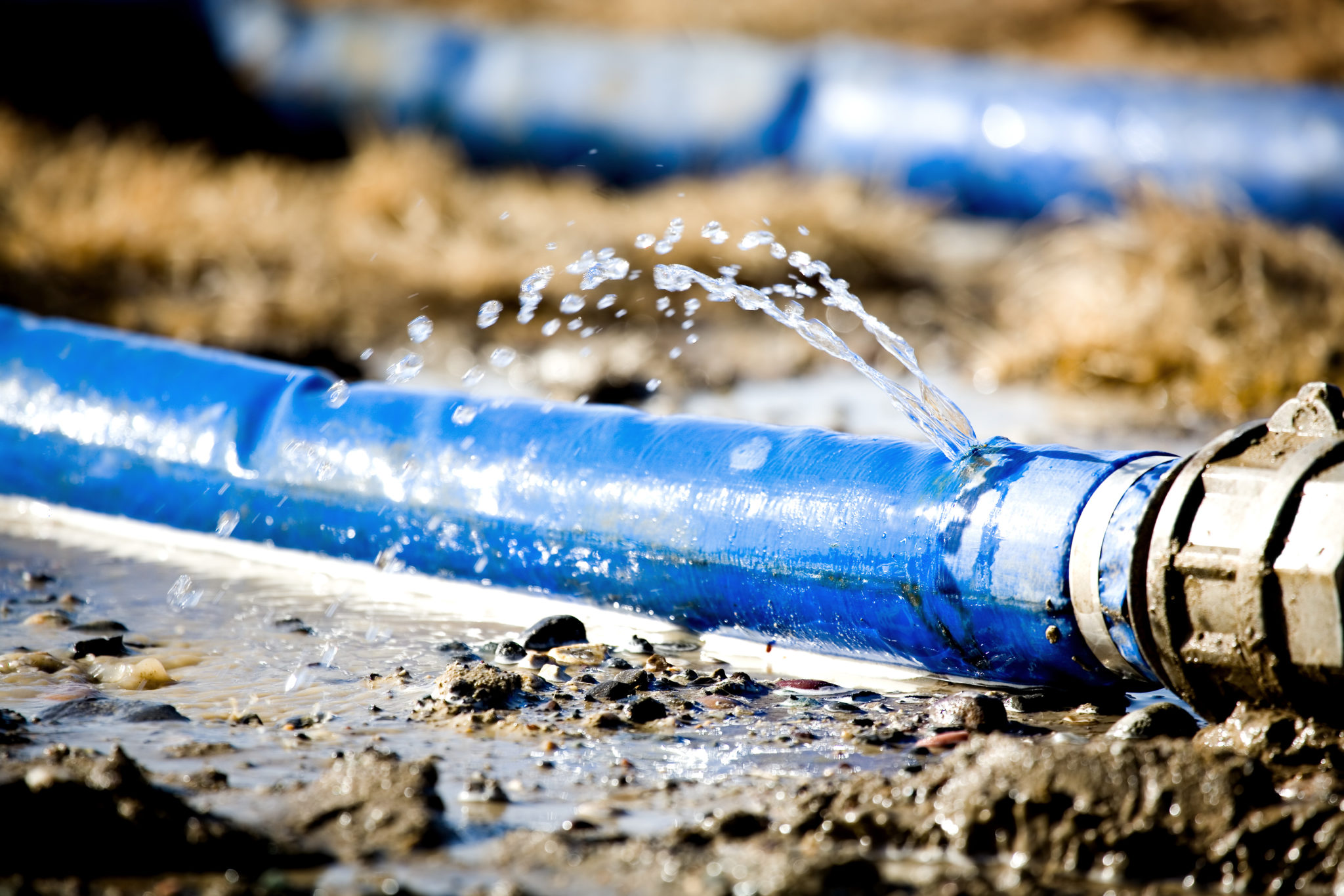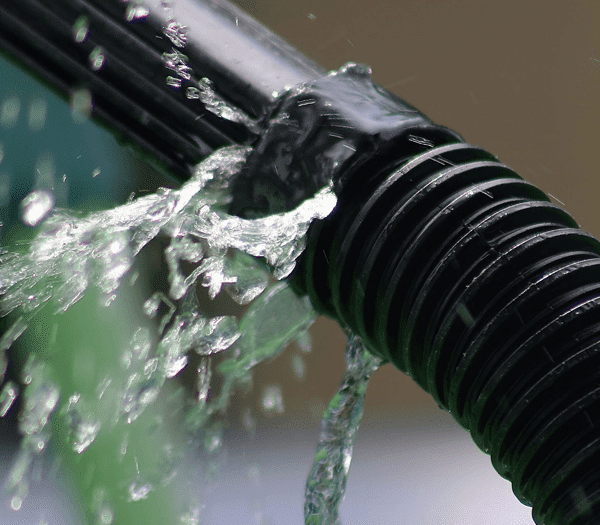Recognizing and Quickly Fixing a Burst Pipe: A Guide
Recognizing and Quickly Fixing a Burst Pipe: A Guide
Blog Article
We have unearthed this great article relating to How to Prepare for Your Dishwasher Installation directly below on the internet and thought it made good sense to share it with you on my blog.

A ruptured pipeline is a major emergency; you can only stand as you watch water you pay very much to rejoin with the earth. In even worse situations, you notice a swimming pool on your kitchen flooring, which is a fantastic trip danger, particularly if you have children around. If the pipe that ruptured remained in your wall surfaces, trouble: you may require to paint that whole area.
Just how can a calamity like a ruptured pipeline be avoided and also managed? Well, by listening to your professional emergency plumbing technicians as well as adhering to these policies.
How do I understand when my pipelines have ruptured?
Rising and fall water stress
Pipes do not simply burst in a day. You might have noticed that your cooking area tap or shower doesn't run promptly when you transform the tap. It may pause for a few secs and after that blast you with more force than normal.
In other instances, the water might appear typical initially, after that drop in stress after a couple of secs.
Damp wall surfaces and also water discolorations
Prior to a pipeline ruptureds, it will certainly leak, a lot of times. If this relentless dripping goes undetected, the leak may graduate right into a vast wound in your pipeline. One simple method to avoid this emergency is to keep an eye out for damp walls ad water discolorations. These water spots will lead you right to the leakage.
Puddles under pipes as well as sinks
When a pipe ruptureds, the discharge develops a puddle. It may appear that the puddle is expanding in dimension, and no matter how many times you mop the pool, in a few minutes, there's another one waiting to be cleaned. Frequently, you might not have the ability to map the puddle to any visible pipelines. This is an indicator to call an expert plumber.
Untraceable trickling sounds
Pipeline bursts can occur in one of the most undesirable places, like within concrete, inside wall surfaces, or under sinks. When your house goes quiet, you may be able to listen to an annoyingly persistent leaking sound. Also after you've inspected your shower head and also cooking area tap, the dripping may continue.
Dear viewers, the leaking may be coming from a pipe inside your wall surfaces. There isn't much you can do about that, other than tell a professional plumber.
Shut down the Water
When water freezes, it expands in volume by about 9 percent. And it increases with remarkable force: The stress inside pipelines may go from 40 pounds per square inch to 40,000 psi! No pipeline can hold that much stress, so it breaks open. The break might take place where the ice types, however more frequently, it occurs where water stress finds a weak spot in the pipeline. That may be inches or perhaps feet from the icy area. Locate the water shutoff valve and switch off the water to avoid even more damage. You might additionally require to shut down the electricity also, relying on where the leaks happens and also how big it is.
Polluted water
Many individuals assume a burst pipe is a one-way electrical outlet. Fairly the contrary. As water spurts of the hole or gash in your plumbing system, contaminants find their way in.
Your water may be contaminated from the source, so if you can, check if your water tank has any problems. However, if your drinking water is supplied as well as cleansed by the local government, you need to call your plumber immediately if you see or scent anything funny in your water.
What do I do when I detect a burst pipeline?
Your water meter will certainly continue to run also while your water wastes. To decrease your losses, discover the main controls and also transform the supply off. The water pipe are an above-ground structure at the edge of your building.
How to Fix & Detect a Leaking Pipe
How Do I Know if a Pipe is Leaking?
Leak detection tests can help you determine if your pipe has a leak. Even if you don’t see an apparent leak, you should still conduct leak detection tests regularly to save water and money—and prevent major damage to your home.
Water meter. It can be helpful to figure out what your usual water meter usage numbers are and then monitor them regularly. To monitor your meter, first, turn off all water faucets in your home. Check the meter and write down the numbers. In a few hours, check the meter again. If the numbers have changed, you have a leak. Water gauge. Use a water gauge to test your water pressure. Your showerhead should produce a certain amount of water pressure based on its model and design. If the pressure is lower than it is supposed to be for that specific showerhead, your home likely has a leak. Puddles. Look inside your bathroom, laundry, and kitchen sink cabinets. Puddles around the cabinets or around toilets, tubs, showers, and washing machines indicate the presence of a leaking pipe. You may also notice loose tiles, peeling or flaking paint, or mold caused by water accumulation. Napkin test. Even if you don’t see any puddles, you may still have a leak. You can test for water leaks in the bathroom, laundry, and kitchen by wiping below-sink connections with a napkin, paper towel, or piece of toilet paper. If it becomes damp, you probably have a leaking pipe under the sink. Discolored walls. Walls that are discolored—usually with brown or yellow stains—or bulging might mean that they have been impacted by water damage caused by a leaking pipe. Smell. A leaky pipe will create sitting water, and over time, that water may develop a musty smell. If your home smells musty, but you can’t locate the source, it may be due to a leak. Steps for Fixing a Leaking Pipe
A leaky drain can be remedied by tightening the pipe base, replacing the drain seal, caulking the rim, and tightening the pipe nut. Similarly, a leaking toilet pipe can be treated by tightening the packing nut. You may also need to replace the valve. A leaky faucet may just need tightening or replacement of the washers. If that doesn’t work, consider replacing your faucet. If your pipe has a hole in it, you may want to use a pipe leak sealer or pipe leak tape. This quick fix for water pipe leaks can also temporarily fix a copper pipe leak. https://www.ahs.com/home-matters/quick-tips/how-to-tell-if-pipes-are-leaking/

I was made aware of that editorial about How to Install and Connect a New Dishwasher from an associate on our other web blog. Please take a moment to share this page if you appreciated it. I cherish reading our article about How to Prepare for Your Dishwasher Installation.
Act now! Save later. Report this page